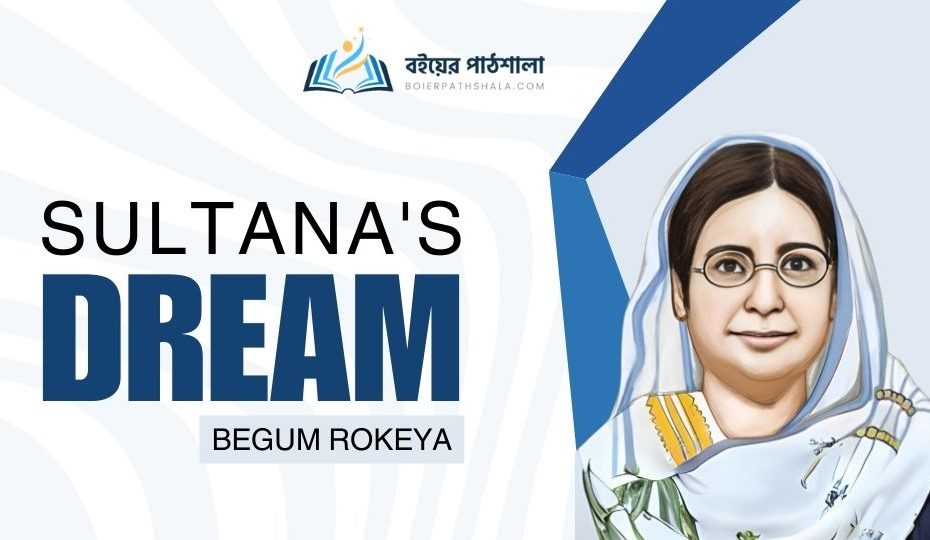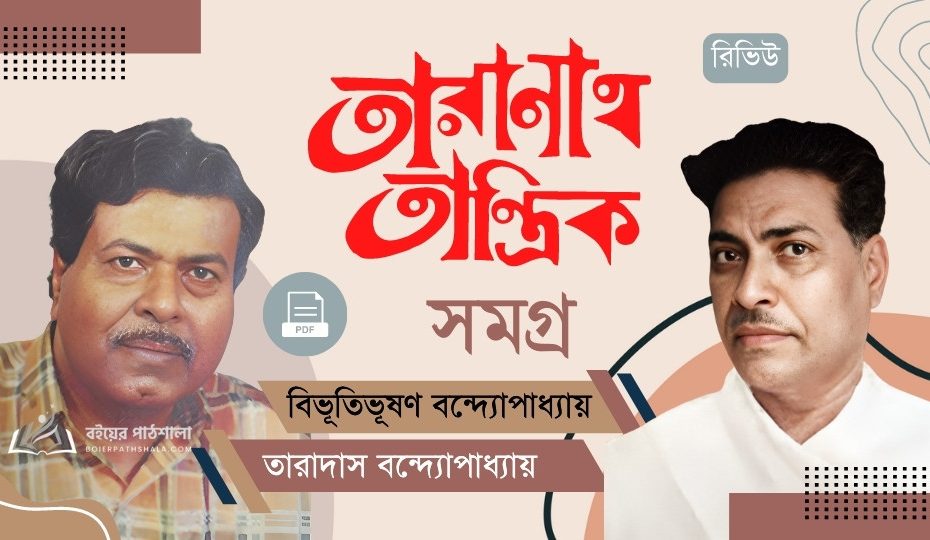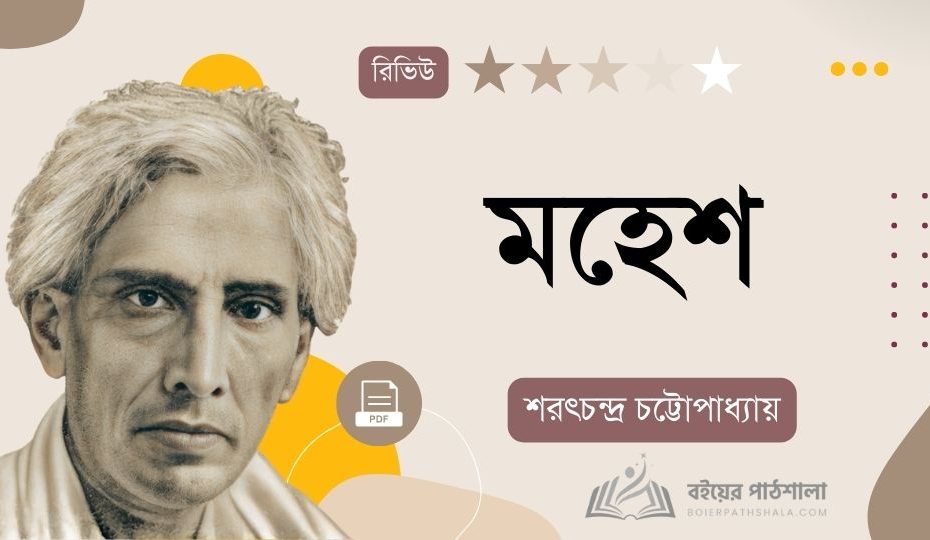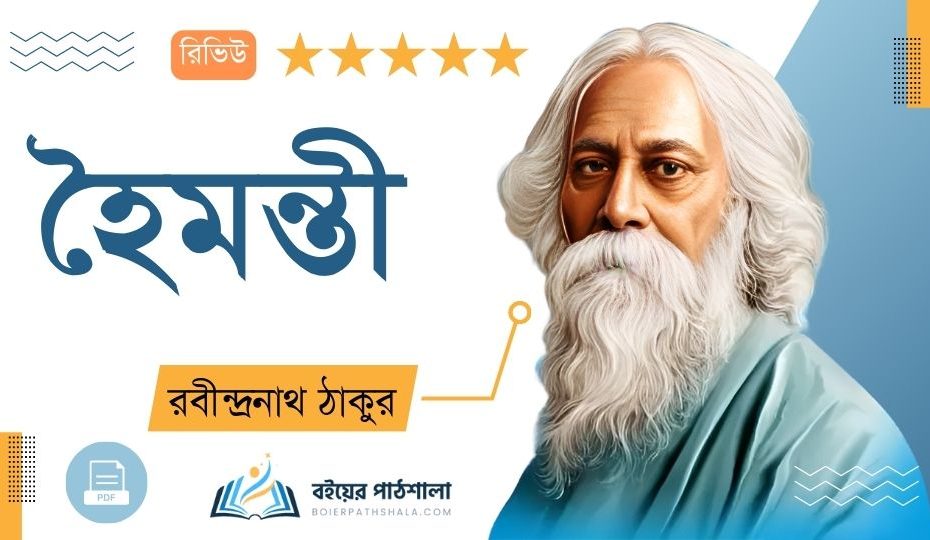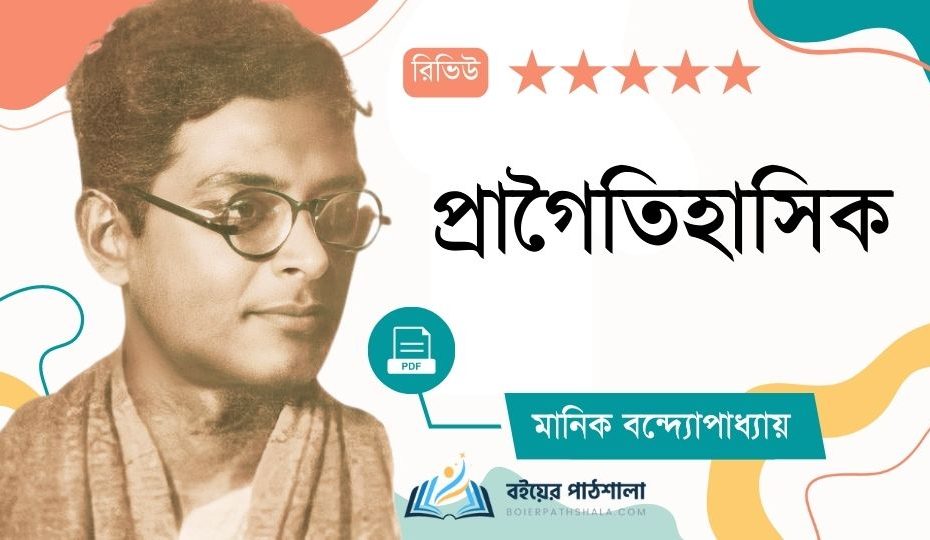যেকোন বইয়ের ফ্রি পিডিএফ পেতে অনুগ্রহ করে আমাদের PDF Download সেকশনটি ভিজিট করুন। প্রতিনিয়ত নতুন নতুন বইয়ে সাজানো হচ্ছে আমাদের এই অনলাইন পাঠশালা। সাথে থাকার জন্য ধন্যবাদ।
Sultana’s dream is a feminist utopian novel written by Rokeya Hussain (also known as Rokeya Begum) and was published in 1905 by The Indian Ladies Magazine.
The novel portrays a world in which women rule the world and men are the subordinate beings. Women control all aspects and are aided by new technology such as flying cars and solar energy in order to help maintain their rule.
The novel details the daily lives of these women, which consists of a two-hour work day, and goes on to display the advances made by women in a solely female dominated society.
The novel also explores a new religious aspect in that the religion that practiced is a modern concept of love and kindness, whereby purity is the most important factor of all.
Begum has won many accolades for her work as well as national day to her name, in Bangladesh (9 December).
She has been an avid feminist and has also founded the 1916 Muslim Women’s Organization in her fight for women to gain access to education. She was also the founder of Calcutta’s first Islamic girl’s institution (1911), in her quest to make education equally accessible to females.
Library Journal has described the short story as “An interesting and informative work for Asian studies and women’s studies collections.” Publisher’s Weekly cited it for being “a window opened too briefly onto a world whose exoticism is overshadowed only by its oppressiveness.”
Plot
This story takes place in the female utopia Ladyland, where men are excluded from the community. In this fictional universe, women have furthered the progress of humankind a considerable amount, especially technologically.
Without men, the women have already invented flying cars and have completely automated agriculture and other industries. They have also learned to manipulate the weather.
The men live under the thumb of women in their sci-fi world. The women of the city continue in their paradise, observing that men were so foolish to think that strength came from dominance.
They observe that in nature, there are animals that have bigger brains and stronger bodies than men, and yet, the animals don’t attempt to seize control.
Without the competition that men unnecessarily introduced, society is much better. The novel explains some of the other differences between Ladyland and the real world.
For instance, in Ladyland, all religions have been simplified to truth and love. Since the women don’t smoke nearly as many cigarettes, they managed to do in two hours what men took eight hours to accomplish.
Summary
Sultana’s is a woman’s dream world where women get to be in charge for once in a futuristic society called Ladyland where men are disenfranchised and women are privileged with good educations and good jobs.
This may seem like aggressive feminism, but it really isn’t; in order to make sense of the confrontational tone of the novel, the reader should know about Purdah, the Muslim practice of rejecting women from religious practice.
The Purdah is what Begum Rokeya is mostly criticizing, which should help to bring some of the novel’s religious ideas into focus.
From a more feminine perspective, religion becomes more similar. Rokeya argues in the story that men tend to focus on distinguishing themselves from the group through competition, which means that in religion, they tend to focus on dogmatic differences and who is ‘right or wrong.’
But in Ladyland, a more feminine mode of religion exists, one that heralds social unity across religious and ethnic divides. The women, without the masculine bent toward competition, notice the similarities of their religions and summarize all religions in two practices: be as loving as you can be, and be as forthright and honest as you can be.
Another domain challenged by the novel is that of sexuality. Now, Islam already has a sexual ethic code, and from looking at the rest of the novel, the reader might assume that the women would remove that sexual code, but instead, the supplement it to prevent people from engaging in sexually manipulative or questionable behavior.
Character list
Unnamed Narrator
The book is entirely first person from this unnamed narrator. The only thing we know about this character is that she is a female and living in Ladyland, the society.
Sister Sara
She is the closest friend of the narrator. She brings the narrator out of her comfort zone, pursuing actions such as taking off the veil and dressing in a more ladylike manner. She encompasses the meaning of female dominance, and instills those values in the narrator.
Lady Principals
This category involves women trained to engage in war through words and strategy, rather than strength and combat.
Zenana
These are women who have no say in their choices and dominated by a male society. The Queen
The queen rules over Ladyland, and established commerce and social practices of the land. She will only communicate with other female-dominated societies.
Themes
Social reform
The purpose of showing a fake utopia is to suggest that real life should change in the direction of that utopia, which in this case means that Rokeya believes society would improve by strengthening women instead of disenfranchising them (especially in her society). She suggests that femininity has many advantages that men don’t always consider when they are competing.
Sacredness and filth
The women quickly realize that instead of highlighting the differences between their religious beliefs, they can focus on what they share in common: a commitment to truth and love. This attention to religious detail is thematic because the novelist designed the novel as an anti-purdah. The purdah is a religious practice from Islam where women are excluded from religious practice. The Ladyland religion also has ‘haram’ restrictions, which includes many sexual relationships.
Feminism and the potential of a woman
The main theme of the novel is that women aren’t stupid and uninventive; they’re just busy. If women ran the society, they would rise to the task, and they would do even better than men, because men are commonly limited by competition, whereas women tend to think and operate more as a group (these are the arguments of the novel, it seems). The sci-fi futurism of the novel is an argument that women could be elite and powerful if women were more empowered socially.
